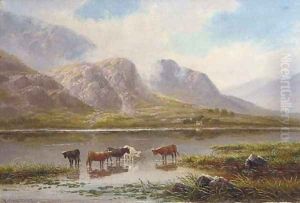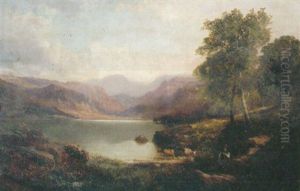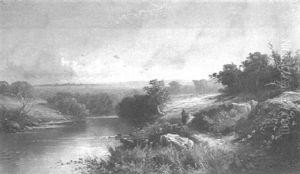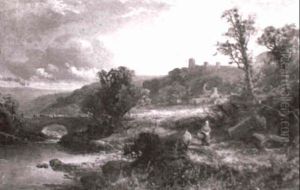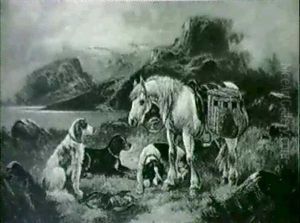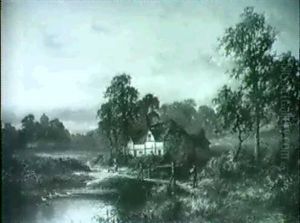Thomas Seymour Paintings
Thomas Seymour was not an artist in the traditional sense of painters or sculptors, but he was a prominent figure in the Tudor court of England, known for his political maneuvering and personal ambition rather than for any artistic endeavors. Born in 1508, he was the brother of Jane Seymour, the third wife of King Henry VIII, and thus the uncle to Edward VI.
Seymour's early life was shaped by his family's rise to prominence following his sister's marriage to Henry VIII in 1536 and her subsequent death after giving birth to Edward VI in 1537. As an opportunist, Seymour sought to leverage his family connections to advance his own position at court. He became a gentleman of the bedchamber to his nephew, King Edward VI, and was knighted and made Baron Seymour of Sudeley and Lord High Admiral.
His political aspirations continued to grow, and he involved himself in a series of power plays that defined the tumultuous politics of the period following Henry VIII's death in 1547. He married Catherine Parr, Henry VIII's widow, in 1547, further entwining himself with the Tudor dynasty. However, his ambition and the suspicion that he intended to marry Princess Elizabeth (the future Queen Elizabeth I) led to his downfall.
Thomas Seymour's life was cut short when he was found guilty of treason and executed in 1549. His attempts to consolidate power and potentially position himself as a kingmaker or even as a royal consort were viewed as direct threats to the governance of the young King Edward VI and the regency council led by his brother, Edward Seymour, Duke of Somerset.
Throughout his short-lived career, Thomas Seymour's legacy remains one of intrigue and controversy. While he may have had patronage relationships with artists of his time or had his portrait painted, as was common among nobles of his stature, his life story is more political than artistic. His biography reflects the ambitions and volatile nature of court life in Tudor England, rather than contributions to the arts.
